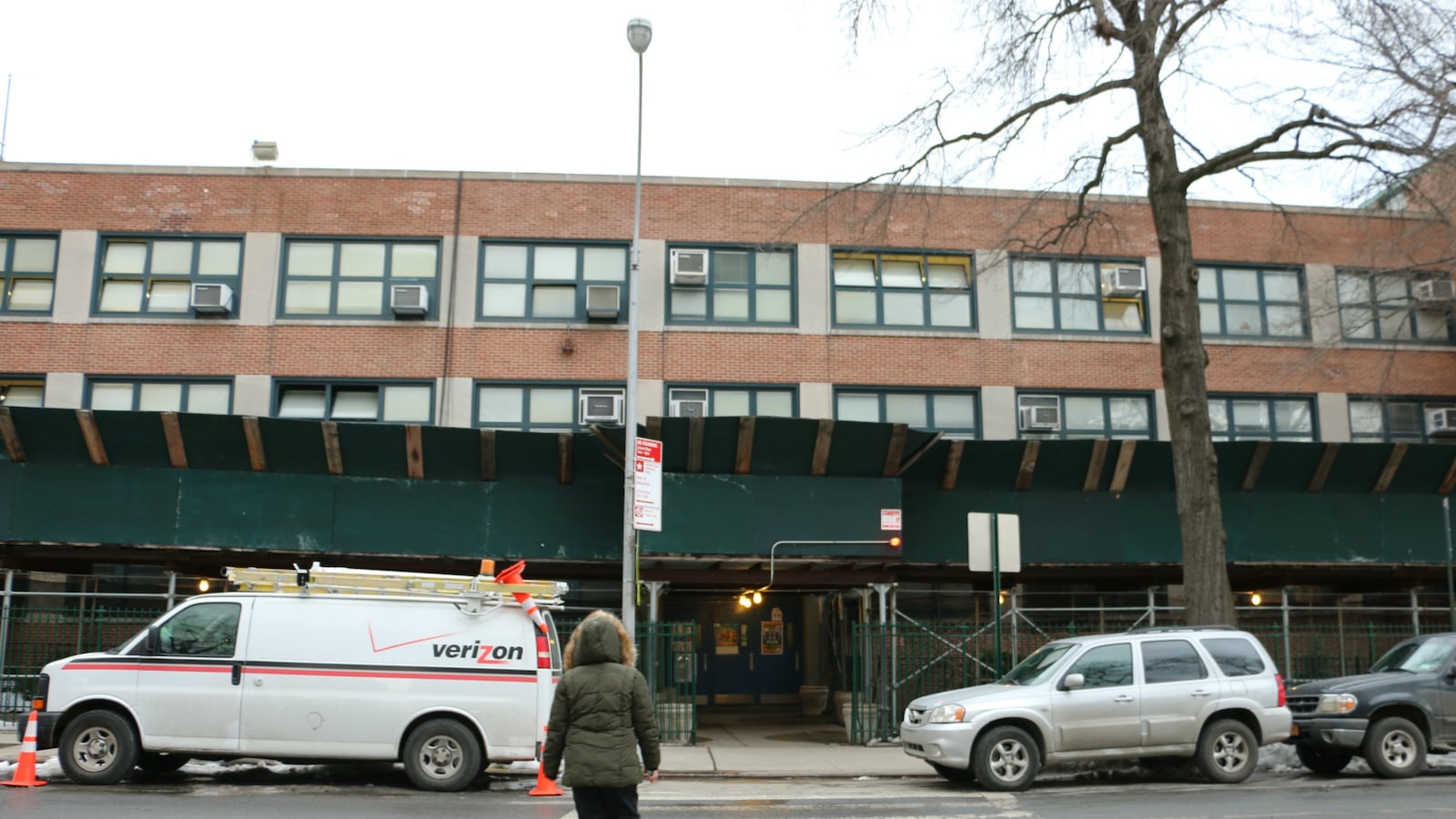Evan Meyers, the founder of School in the Square, knows that finding space for a new charter school can be a huge headache.
Meyers spent over a year looking in “every nook and cranny and church space and community center” trying to find suitable options, suffered through two deals that fell through, and eventually moved his school to a church in Washington Heights, instead of setting up shop in the Bronx district he wanted to serve.
His experience is all too common, argues Families for Excellent Schools, a pro-charter advocacy group that has long battled Mayor Bill de Blasio’s administration. Based on a new analysis of 2014 building utilization data, the group argues the city could co-locate more charter schools within traditional school buildings, which are often preferable to charters compared to converting private space into a school.
FES found that 67 schools in the city have room for more than 500 additional students.
“[De Blasio’s] administration is still denying space to charter schools while 150,000 classroom seats in district schools remain empty,” said Jeremiah Kittredge, the executive director of Families for Excellent Schools.
City officials said the report is unfair. The data shows only a snapshot of school capacity that does not include planned changes, such as expansions or projected enrollment. It also does not provide an assessment of the type of space available, city officials said.
“This report is misleading and does not accurately characterize the utilization of school buildings across the City,” said education department spokeswoman Toya Holness. “We work closely with [Community Education Councils], community members, school leadership teams and elected officials to ensure capacity across the city is being used efficiently to meet the needs of all students.”
The new analysis builds on a long and contentious debate. In 2014, Eva Moskowitz, the vocal leader of the city’s largest charter school network, fought with Mayor Bill de Blasio over charter school space. In the end, the state passed a law that requires the city to provide new charter schools with free space inside city buildings or provide public funding to cover the cost of rent in a private facility.
Still, finding space, particularly co-located space, which requires fewer renovations, remains among the top concerns for most charter schools, said James Merriman, the CEO of the New York City Charter School Center.
Of the 81 schools that have applied for space since the the state’s new law, 54 have moved into private space and 19 have been co-located, according to a Politico article from February.
The problem is also likely to worsen as the charter sector grows. This year alone, 15 more charter schools are slated to open across the city. By now, most of the locations that could be used without inciting community backlash are already taken, Merriman said.
“As time has gone by, the obvious spaces to place charters, to place any co-location, has decreased,” Merriman said “and those that exist are generally viewed as politically combustible.”
The FES analysis also tries to paint a picture of exactly where there is extra co-located space available. It finds that Brooklyn has the most buildings with excess space. Twenty-six schools are using less than half of their seats in Brooklyn, according to the report.

